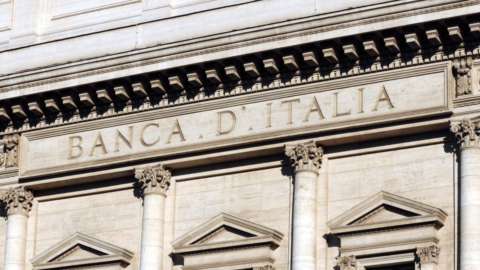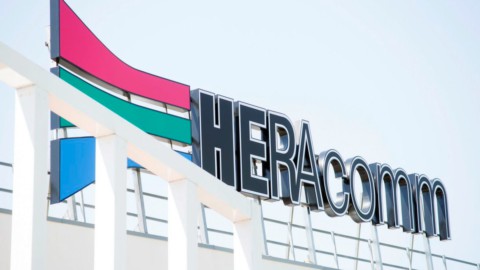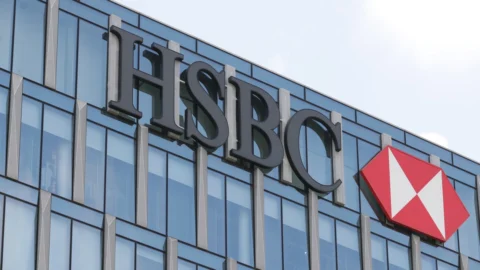With resolutions no. 583/15, no. 653/15, no. 654/15 and no. 658/15, the Authority for Electricity, Gas and the Water System (AEEGSI) established, for the regulatory period 2016 - 2023, the remuneration for the provision of transmission, distribution, metering and dispatching services of the electricity and the regulation of transmission service quality.
The duration of the new regulatory period for electricity transmission it is 8 years, from 2016 to 2023, and consists of two sub-periods of 4 years: the first (NPR1), from 2016 to 2019, is characterized by substantial methodological continuity with the past; the second (NPR2), from 2020 to 2023, provides for the introduction of a new approach, based on the recognition of costs in relation to total expenditure (TOTEX).
IThe basic rate of return on recognized invested capital (WACC), goes from the previous 6,3% to 5,3%, with a regulatory period of 6 years (2016-2021) and a WACC update by November 2018, valid for the regulatory period 2019 – 2021, according to predetermined rules.
Based on the decisions taken, Terna made a preliminary estimate of net invested capital recognized for regulatory purposes (RAB 2016) of approximately 13,8 billion euros, excluding the assets acquired from the Ferrovie dello Stato group.
To benefit from these incentives, the works must be included in the 2017 Grid Development Plan, have obtained the authorization Decree by 2015, register by the end of 2015 an economic or contractual progress of at least 25% of the expected costs and, finally, to enter into operation by 2019. Finally, the AEEGSI has envisaged a gradual introduction of incentives based on an output-based approach.
I Works in progress are excluded for the future period 2016-2019 from the value of recognized net invested capital, but the possibility of capitalizing interest expense during construction is introduced together with a safeguard clause which recognises, in the first 4 years of the new regulatory framework ( NPR1), the remuneration at the base rate (WACC) exclusively with reference to the Work In Progress recorded in the financial statements as at 31/12/2015, until the entry into service of the related assets, as well as to the new Work In Progress relating to the investments that will continue to benefit from the higher remuneration during the first 4 years within the limit of the specific amount of Works In Progress as at 31/12/2015, net of the Sorgente-Rizziconi.
Il so-called time lag, or the delay with which the tariff remunerates the investments made by Terna and entered into operation, is reduced by 12 months (the depreciation portion remains at 24 months) and the compensation envisaged in the 2012-2015 regulatory period is eliminated (but is confirmed for projects that entered into operation in the period 2012-2014).
With the new setting it is increased the useful life recognized for regulatory purposes transmission lines from the current 40, up to 45 years. This will lead to a reduction in recognized depreciation, against a slower deterioration of the RAB.
About the costs recognized operatives (Opex), the calculation methodology starting from the actual costs of 2014 is substantially confirmed, including some adjustments and increases relating to the greater efficiencies achieved in the third and fourth regulatory period and temporarily left to Terna.
The initial level of operating costs recognized in 2016 will be updated every year on the basis of inflation and with a progressive return of the extra-efficiencies of 1% (X-factor), valid for both transmission and dispatching.
The mononomial transmission tariff becomes binomial, with a tariff component in energy (CTRE) intended to cover 10% of the cost of the service and a potential component (CTRP) intended to cover the remaining 90%. The pre-existing revenue guarantee mechanism is abolished but, as a result of the new regulation, the overall exposure of transmission revenues to the so-called volume effect appears overall reduced compared to the previous regulation.
La quality of the service it will be governed, as in the previous regulation, with bonuses/penalties mechanisms, but with even more challenging objectives.
As a result of the aforementioned resolutions, Terna estimates in a preliminary way that the total of tariff revenues (including revenues from transmission and dispatching activities), excluding the recently acquired FS assets, for 2016 it will be approximately 1,8 billion euros.
THEacquisition of the high voltage network of the Ferrovie dello Stato group presents the opportunity for Terna of a combination of Regulated Activities and Non-Regulated Activities. In fact, as mentioned in the press release dated 9 December, the transaction also provides for the transfer of Non-Regulated Activities which in 2014 generated 5,6 million euros in revenues.
About the incentive investments, with the new regulatory framework, the incentives of category I2 (1,5%) and I3 (2%) are eliminated for new projects and an incentive of 1% is introduced for both the new categories I-NPR1 and O-NPR1 .
With regards to Regulated Activities, the 674 million euros of RAB recognized by AEEGSI resolution no. 517/2015 to the FS network will begin to generate full remuneration starting from 2017; of these, 149 million euros of RAB will be able to benefit from an incentive equal to 1,5% for 12 years.
It is therefore an operation of a strategic nature, since it allows Terna to maintain the low risk profile that characterizes its investments and fits into the same regulatory framework as the pre-existing grid.





